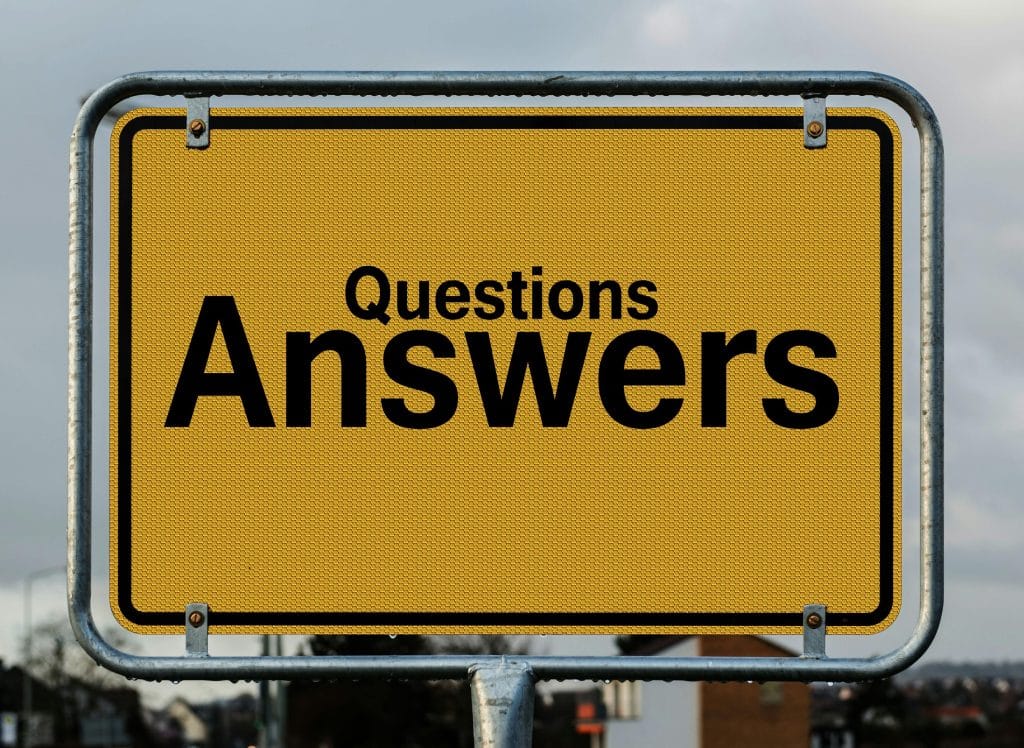In an era obsessed with instant information and on-demand knowledge, many assume that every question we ask requires a quick answer. But why every question doesn’t deserve an answer is becoming a critical insight for smarter thinking, deeper learning, and better decision‑making.
This trend reflects a growing appreciation for reflective silence, questioning with care, and resisting the impulse to respond prematurely—especially in digital workspaces, online forums, and high‑stakes professional environments.

The Era of Ephemeral Answers
Information Overload Is a Real Problem
We live in a world where answers are just a tap away. Search engines, AI chatbots, and fast-paced social media saturate us with responses—most of them shallow, misinformed, or contextually inappropriate. A 2022 Pew Research study found that 62% of adults worry that misinformation is widespread and hard to detect online.
Prompt answers may feel satisfying, but they can also mislead thinking or trap us in rapid-reply cycles with minimal depth.
The Pressure to Respond Immediately
Business culture, customer service, and even academic settings often reward real-time responses. Tools like Slack, Teams, and Twitter expect quick engagement—even when more time is needed to understand or investigate.
But just because we can reply fast doesn’t mean we should. Sometimes, a question requires:
- Time to reflect
- Research for context
- Dialogue to understand underlying needs
Why Every Question Doesn’t Deserve an Answer
1. Not All Questions Are Clear or Intentional
Some questions are rhetorical, bad-faith, or even meant to derail the conversation. Answering them obligates us to respond to misdirection rather than substance.
Example: In Slack or Discord, a comment like “So… when are we going bankrupt?” might just stir panic unless it’s framed in context. A better choice may be to clarify intent or request specifics before answering.
2. Silence Can Be Powerful
Studies on effective communication show that strategic silence often communicates respect, authority, and prudence better than any quick answer. In classrooms or boardrooms, a silence of a few seconds after a question often encourages more constructive thinking and participation.
3. Unanswered Questions Encourage Collective Intelligence
On public forums like GitHub or Quora, certain questions thrive when left open. They encourage others to share diverse perspectives, chase novel solutions, or iterate together—moving from a single answer to a contributory conversation.
4. Unstructured Questions Need Refinement
Some questions are too broad to answer meaningfully. Google’s own search teams identify queries like, “What is life?” or “How can I fix everything?” as needing refinement. Prompting the asker to specify context can lead to better outcomes.
When to Answer—and When to Pause
| Scenario | What an Immediate Answer Does | What a Pause or Refocus Achieves |
|---|---|---|
| In-classroom question | Demonstrates knowledge | Encourages deeper learner engagement |
| Support ticket | Resolves issue quickly | Leads to clearer diagnosis and better resolution |
| Online forum | Gets one viewpoint out fast | Invites collaborative wisdom |
| Team meeting | Keeps flow moving | Builds shared understanding and prevents misalignment |
Guidelines for Thoughtful Question Handling
1. Clarify Before Answering
Start with: “Thanks, that’s a good point. Can you clarify how you arrived at this question or what you mean by X?” This shifts from assumptions to understanding.
2. Understand the Stakes
Ask yourself:
- Is this urgent or exploratory?
- Will a fast answer reduce or increase confusion?
3. Reflect or Research
Allow time—five minutes, or even overnight—to ensure your answer is informed, relevant, and context-aware.
4. Share Partial Insights
If you’re unsure, say: “I don’t have full info, but here’s my current take…” You’re modeling inquiry, not perfection.
5. Choose the Right Medium
Some questions deserve email or document responses—where details can be referenced. Others are fine for real-time chat.
When Silence Speaks Louder
Leadership and Authority
Leaders who pause before responding model thoughtful decision-making, emotional intelligence, and measured communication.
Teaching and Facilitation
Great facilitators use the “containment pause”—waiting silently after a question is asked—to let learners form ideas, rather than jumping in too quickly.
Debates and Negotiations
Skipping immediate defense or justification often signals confidence and allows others to reveal more, reducing pressure and defusing tension.
Practical Applications for Digital Workflows
Slack and Messaging Apps
Turn replies into dialogues:
- Use “Can you share more context? I want to make sure I respond accurately.”
- Create channels devoted to collaborative answers rather than one-off responses.
Delay non-urgent questions by 15–30 minutes to reflect on tone, relevance, and completeness.
Forums and Q&A Spaces
Encourage multiple replies:
- Frame questions to discourage single-expert answers.
- Invite community input before posting authoritative responses.
The Cognitive Science Behind Silence
Studies show that a short delay before responding activates different cognitive pathways—empathy, contextual understanding, error checking. It’s often called the “thinking gap.” A 2019 Journal of Communication study showed pauses in conversations lead to better speaker-listener alignment and clarity.
Quick replies, on the other hand, rely more on default or heuristic thinking—less precise, more error-prone, and less adaptive to nuanced problems.
Real‑World Example: Slack Subscription Pricing Chat
In one SaaS company meeting, a developer asked, “Should we increase prices next quarter?” The default response could have been a “yes” or “no” based on sales metrics. Instead, the product lead paused and asked, “What risks are you considering? Have we measured competitor impact?”
The extra minutes led to an exploration of customer sentiment, influence on retention, and bundling strategy—yielding a more robust conclusion.
Focus: What This Means for You
Recognize that not every question needs an immediate answer—and that’s not avoidance. It’s strategic bandwidth control and invites cleaner thinking.
By pausing:
- You’re more likely to provide relevant, informed responses.
- You invite collaborative exploration.
- You model a mindset of care, not impulsivity.
Conclusion
In a culture that rewards instant answers and constant activity, choosing not to answer every question can feel counterintuitive. But as we’ve seen, why every question doesn’t deserve an answer isn’t about withholding information—it’s about increasing the quality, precision, and intentionality of our interactions.
By recognizing which questions deserve deeper reflection, encouraging clarity before commitment, and embracing the value of strategic silence, we create space for better thinking. In both personal and professional settings, pausing before responding isn’t a sign of indecision—it’s a sign of intelligence, care, and leadership.
References
- Pew Research Center, Americans and Digital Misinformation, 2022.
https://pewresearch.org/internet/2022/06/01/americans-worry-about-misinformation-online - Wiener, S., & Ward, L. “Strategic Silence in Communication,” Harvard Negotiation Law Review, 2021.
https://hnlr.law.harvard.edu/article/strategic-silence - Tannen, D., & Saville-Troike, M. “Timing Conversations: The Psychology of Pauses,” Journal of Communication, 2019.
https://onlinelibrary.wiley.com/doi/full/10.1093/joc/jqz035









